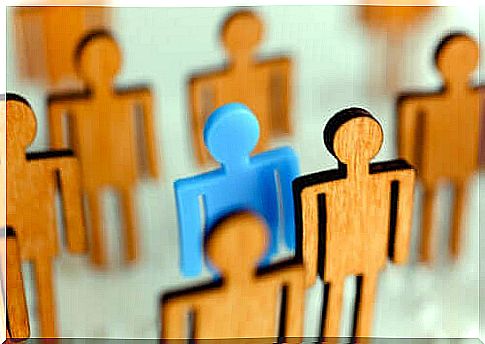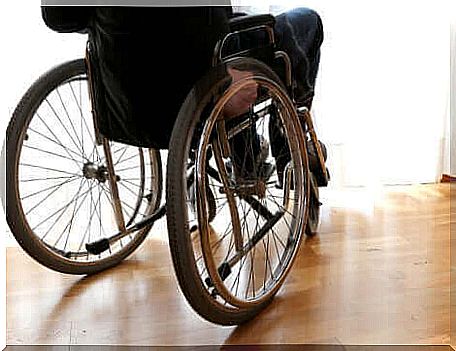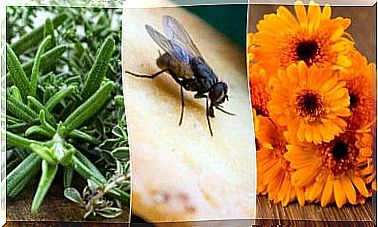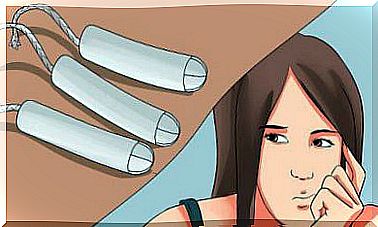Learn All About Rare Day, A Day For Rare Diagnoses

Being ill is a difficult situation that gives great uncertainty. However, it is much worse to suffer from a disease that experts know nothing about and that the health system is not prepared to tackle. Due to this unfortunate situation, Rare Day was created to raise awareness.
It is celebrated on the last day of February as a way to make those suffering from rare diseases feel less isolated. It is also a way to promote medical advances in rare diseases.
According to data from the World Health Organization (WHO), one in 15 people worldwide may suffer from a rare disease. This equates to approximately 400 million people worldwide, of which 30 million live in Europe and 25 million in the United States.
In this article , we will clarify what a rare disease is, share some historical facts about them and tell you how you can help a diagnosed person, including information.
What is a rare disease?
A rare disease affects a small part of the population. In other words, a disease is rarely considered when it affects less than five in 10,000 people. There can be as many as 7,000 rare diseases. Below we will tell you about the rarest.
Ebstein anomaly
Ebstein anomaly is a congenital heart defect. The tricuspid valve is in the wrong position. The valve flaps also have the wrong shape. This can lead to an enlarged heart, heart failure or blood leakage through the valve.
Möbius’ syndrome
Möbius’ syndrome is a rare and congenital neurological disorder that causes paralysis of the face. It also causes limited closure of one or both eyes, swallowing problems and problems with pronunciation, among others. Weakness or paralysis of the 6. (eyes) and 7. (face) nerves leads to it.
Chediak-Higashi Syndrome (CHS)
Chediak-Higashi syndrome (CHS) is caused by a mutation in a lysosomal trafficking regulatory protein. This affects the body’s defenses, as they fail to fulfill the function of fighting external agents that attack the body.
Thus, it limits the phagocytic function, which consists of selective elimination of damaged cells or microbes. This leads to problems such as anemia, recurrent infections and enlarged liver.
Bardet-Biedl syndrome (BBS)
This is a rare autosomal recessive disorder that affects different areas of the body. Obesity, reproductive organ failure, mental retardation, polydactyly and heart failure can occur, among others.
Hermansky-Pudlak syndrome
It is a rare inherited multisystem disorder that causes eight separate disorders. Some of these disorders are oculocutaneous albinism, pulmonary fibrosis, kidney disease and bleeding disorders.
Below we share a list of other rare diseases with a slightly higher incidence in the population:
- Elephantiasis
- Myasthenia gravis
- Progeria or Hutchinson-Gilford syndrome
- Amyotrophic lateral sclerosis (ALS)
- Goodpastures Syndrome (GPS)
- Tarlov cysts

Historical facts about Rare Day
Rarely is the last day of February celebrated for a very specific reason. This is because it is a “rare” date that only happens every four years. Thus, it takes place on the last day of February, a month is known to have a “rare” number of days to speak for these patients.
It was celebrated for the first time in 2008, and the slogan that year was “A rare day for very special people”. The slogan for 2020 was “Rarely are many. Rare is strong. Rarely is proud! ”
This marking became a reality because relatives of those affected fought to give them a voice and destigmatize these diseases to improve treatment options.
European societies such as the European Organization for Rare Diseases (EURORDIS) and the Spanish Federation of Rare Diseases (FEDER) joined the cause. It has gradually become a world phenomenon. In fact, the National Organization for Rare Disorders (NORD), the leading organization for decision-making for patients, is the official US sponsor of Rare Day.
How to help a person who has been diagnosed with a rare disease
Being diagnosed with a rare disease is a complex situation to deal with. It causes insecurity, fear, depression and anxiety. Therefore, experts recommend the following care and attention to help the patient cope:
- To understand the disease. Although the disease is rare, it can help to understand what it consists of and how it develops.
- To make consistent decisions. Do not make impulsive decisions regarding the treatment plan that must be followed or while analyzing all available options. It is best to make decisions when you are calm and collected.
- Not to neglect emotional health. Help the patient to express their feelings, doubts and fears, as this will improve their mental health.
- To resort to professional psychological support. It is likely for a patient suffering from a rare disease to eventually suffer from a mental illness. Therefore, it is a great way to avoid psychopathological disorders to get psychological help for them.

How to support Rare Day
You can support Rare Day by making small gestures and even organizing fundraisers. Here are some interesting ideas to consider:
- Post a picture of the official logo on social media to enhance the visibility of Rare Day.
- Comment on social media using the hashtag #RareDiseaseDay.
- Publish statistics so that people are aware of how much this problem affects these patients.
- Organize a fundraiser. The money can be used to research treatments for rare diseases.
- Talk about someone you know who suffers from a rare disease to raise awareness.
What you should remember about Rare Day
Participating in Rare Day will help encourage researchers to seek advanced treatments for these conditions.
Although it is celebrated on the last day of February, any day of the year is a good time to perform activities for the benefit of these patients. Inclusion is the solution, and it is in our hands.
We are stronger together!









